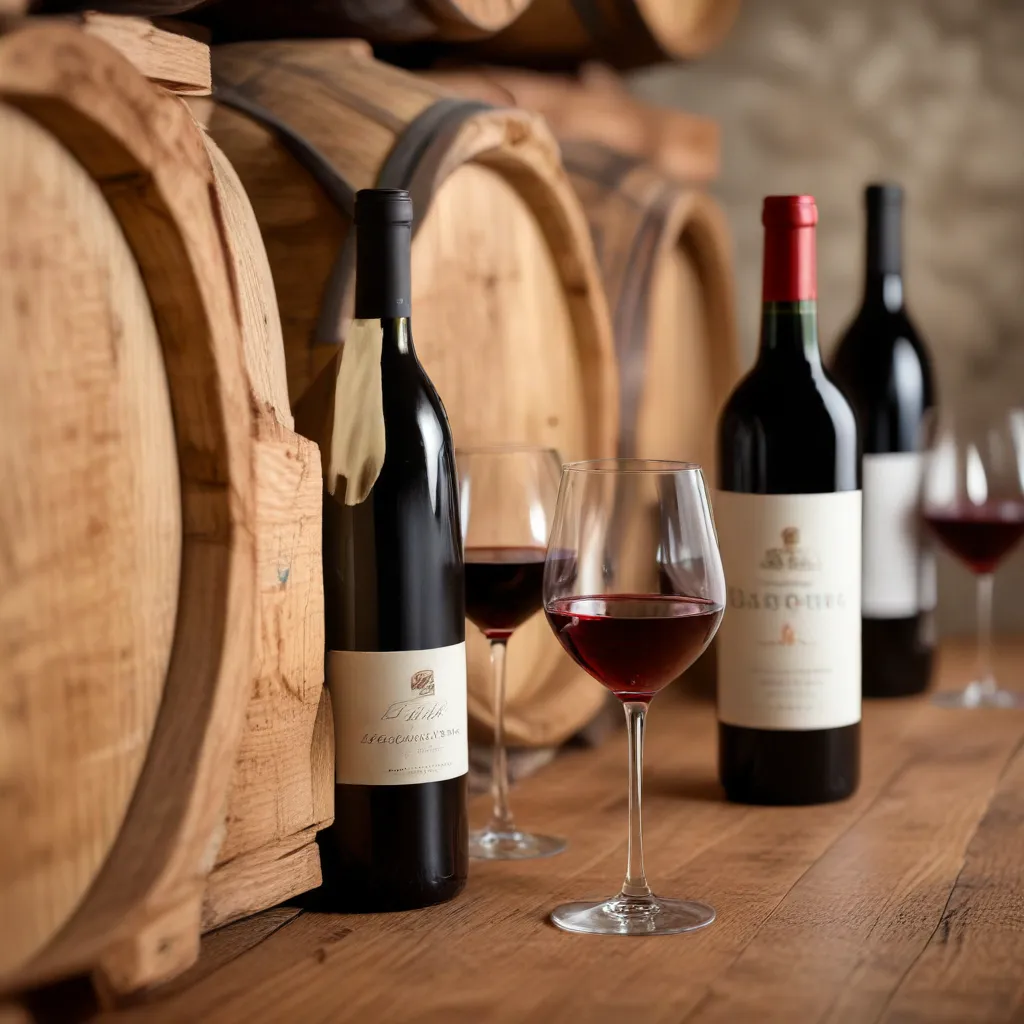
In the enchanting realm of winemaking, the art of blending stands as a testament to the skill and creativity of the vintner. Beyond the individual character of grape varietals, the symphony of flavors, aromas, and textures that emerges from the marriage of different wines is a captivating journey. This exploration delves into the heart of wine blending — a practice with deep historical roots and an ever-evolving present.
Understanding Wine Varietals
At the core of blending lies a deep understanding of the distinct characteristics of individual grape varieties. From the robust tannins of Cabernet Sauvignon to the velvety smoothness of Merlot, each varietal brings its own unique personality to the blend. Winemakers must intimately know the nuances of these grapes, their flavor profiles, and their interactions, in order to craft a harmonious and balanced final product.
The Role of Terroir in Blending
Blending also allows winemakers to capture the essence of a particular region or terroir. By sourcing grapes from multiple vineyards or appellations, they can create a blend that showcases the diversity and complexity of the local environment. The interplay of soil, climate, and viticultural practices can be reflected in the resulting wine, adding a distinct regional signature to the blend.
Blending Techniques and Approaches
Winemakers employ a variety of blending techniques to achieve their desired outcome. Varietal blending involves the strategic combination of two or more grape varieties, each contributing its unique attributes. Regional blending captures the essence of a particular terroir by incorporating grapes from multiple vineyards within a designated appellation. Barrel blending introduces the influence of oak, with winemakers leveraging the distinct flavor profiles imparted by different barrel types and origins.
Balancing Flavors and Aromas
At the heart of the blending process lies the delicate balance of flavors and aromas. Winemakers artfully navigate the interplay of fruit, spice, tannins, and acidity, crafting a harmonious symphony in the glass. By carefully selecting the right proportions of each varietal, they can create a wine that is greater than the sum of its parts, with layers of complexity and depth.
Enhancing Complexity and Depth
Blending also allows winemakers to enhance the complexity and depth of a wine. By incorporating multiple grape varieties, they can create a more nuanced and textured profile, revealing new flavors and aromas with each sip. This depth of character is a hallmark of many of the world’s most renowned wines, from the iconic Bordeaux blends to the elegant Rhône-style wines.
Innovative Blending Experiments
While tradition plays a significant role in blending, winemakers are also embracing innovative approaches. Exploring novel grape combinations, unconventional aging techniques, and experimental barrel treatments, they push the boundaries of what is possible in the world of blended wines. These innovative blends serve as a testament to the boundless creativity and passion of the modern vintner.
Tasting and Analyzing Blended Wines
Appreciating the art of blending involves a keen understanding of sensory evaluation. Winemakers and enthusiasts alike must develop a discerning palate, able to detect the nuances and harmonies within a blended wine. From the initial aromas to the evolving flavors on the palate, the process of tasting and analyzing these complex wines is a true journey of discovery.
Detecting Flaws and Imbalances
Part of the art of blending also lies in the ability to identify and address any flaws or imbalances within the wine. Winemakers must possess a keen sense of perception, constantly evaluating the blend and making adjustments to ensure a seamless and harmonious final product.
Refining the Blending Process
As with any art form, the blending process is an ongoing journey of refinement and exploration. Winemakers continuously experiment, taste, and refine their blends, striving to achieve the perfect balance and expression of their vision. This dedication to perfection is what elevates the art of blending to a true craft, worthy of celebration and admiration.
Emerging Blending Styles
The world of wine blending is ever-evolving, with new styles and techniques constantly emerging. From the pioneering Super Tuscans of Italy to the innovative Rhône-style blends of the New World, winemakers are pushing the boundaries of what is possible in the realm of blended wines. These trends reflect the dynamic and progressive nature of the industry, catering to the ever-changing palates of wine enthusiasts.
Sustainability and Organic Blending
Increasingly, the focus on sustainability and organic practices is influencing the art of blending. Winemakers are exploring biodynamic and regenerative farming techniques, incorporating estate-grown produce, and experimenting with natural yeasts and minimal interventions. These eco-conscious approaches add a layer of complexity and authenticity to the blending process, reflecting a holistic commitment to the land and its bounty.
The Future of Wine Blending
As the world of winemaking continues to evolve, the art of blending remains a cornerstone of the industry. Winemakers will undoubtedly continue to push the boundaries of what is possible, crafting ever-more-complex and captivating blends that delight and intrigue the senses. The future of wine blending holds a promise of diversity, innovation, and a deep respect for the traditions that have shaped this craft over centuries.
At Wine Garden Inn, we are honored to be part of this enchanting journey. Our commitment to producing exceptional blends reflects not only our passion for winemaking but also our dedication to offering our customers a diverse and exciting range of wines. In every bottle, you’ll find a piece of our story, a testament to the enduring legacy of blending in the world of wine. We invite you to join us in this exploration, and together, let’s raise a glass to the art of blending.
